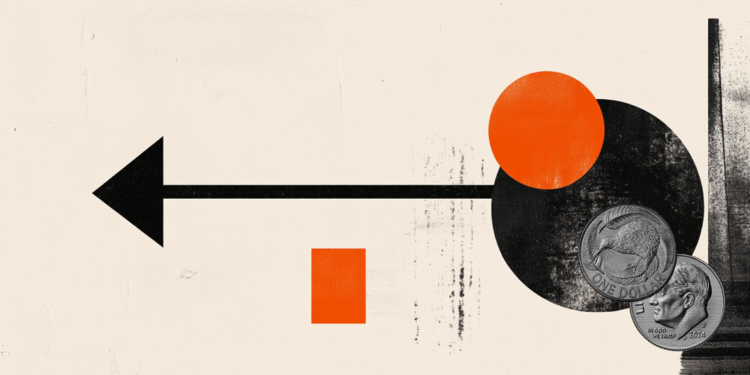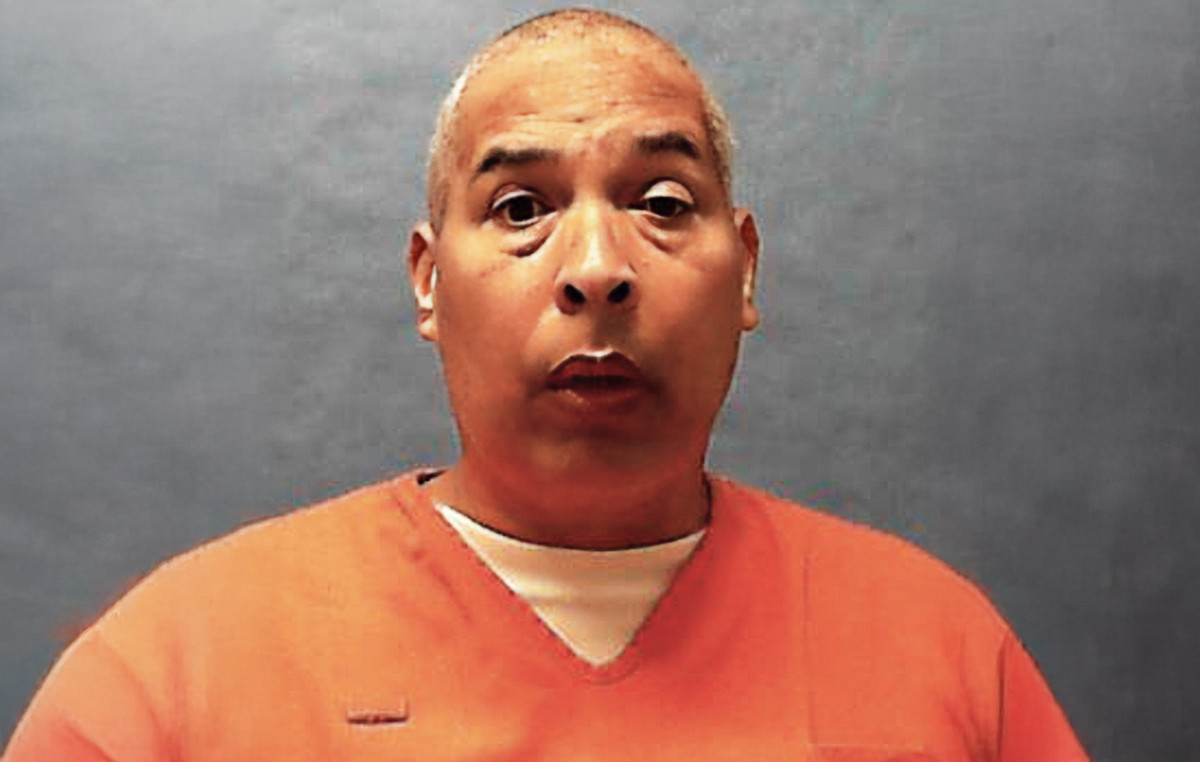Losing a few strands of hair is completely normal. However, according to the Brazilian Society of Dermatology, excessive hair loss should be a source of concern for both men and women.
According to the University of Pennsylvania Health System in the United States, it is normal to lose around 100 strands of hair every day. The scalp contains about 100,000 hairs.
However, when this number exceeds this average, with a tendency to chronicity and associated with an inflammatory process of the scalp or other signs of itching, pain and significant failures, it may signal that something needs to be investigated, says Victor Bechara, dermatologist member of the Brazilian Society of Dermatology, to CNN .
According to the professional, high hair loss can be classified into two categories:
“Hair loss can be more acute, configuring an acute telephonic effluvium (when hair falls out in greater quantities over a period of 6-8 months) or more chronic (with more chronic and prolonged hair loss)”, he states. the specialist to CNN .
“There should be concern in these two cases”, says the professional. “In any case, it is necessary to assess the condition of the hair with detailed examinations of the scalp”, he adds.
Hair loss can be multifactorial.
Discover the main causes of hair loss
According to the American Academy of Dermatology, hair loss can be caused by more than one factor. Are they:
- Hereditary factors: both men and women develop this type of hair loss, which is the most common cause of hair loss worldwide
- Hormonal imbalance: A common cause of this imbalance is polycystic ovary syndrome (PCOS). It causes cysts on a woman's ovaries, along with other signs and symptoms, which may include hair loss.
- Age: hair growth is delayed in old age
- Scalp infection
- Thyroid disease
- Sexually transmitted infection, if untreated
- Medicines
- Psoriasis
- Anemia
- Little biotin, iron, protein or zinc
- Routine factors that cause emotional stress
- A few months after giving birth
- Cancer treatment
- Invasive chemicals on hair
- Alopecia
Alopecia
“There are other causes of hair loss that involve inflammatory processes of the scalp and hair follicle known as alopecia, which can be non-scarring (such as alopecia areata) or scarring, with permanent hair loss”, explains Victor Bechara.
According to the American Academy of Dermatology, in cicatricial alopecia, inflammation destroys hair follicles. Once destroyed, a hair follicle cannot produce hair.
Alopecia areata is a disease that develops when the body's immune system attacks the hair follicles (which hold the hair in place), causing hair loss. In this case, if your hair does not grow back on its own, an appropriate treatment can help stimulate growth.
How to keep your hair free from falling out?
Maintaining a diet rich in proteins and other elements such as vitamins (A, B, D, E, C, among others) and elements such as zinc, selenium, iron and folic acid is essential, advises Victor Bechara.
Keeping your scalp healthy is also important by using products suitable for your scalp and hair type.
“It is also important to avoid chemicals and straightening at high temperatures, which can cause hair breakage. One option is the use of thermal filters and solar filters that will be responsible for protecting the hair from this damage”, concludes the dermatologist.
Source: CNN Brasil
I am an experienced journalist and writer with a career in the news industry. My focus is on covering Top News stories for World Stock Market, where I provide comprehensive analysis and commentary on markets around the world. I have expertise in writing both long-form articles and shorter pieces that deliver timely, relevant updates to readers.







